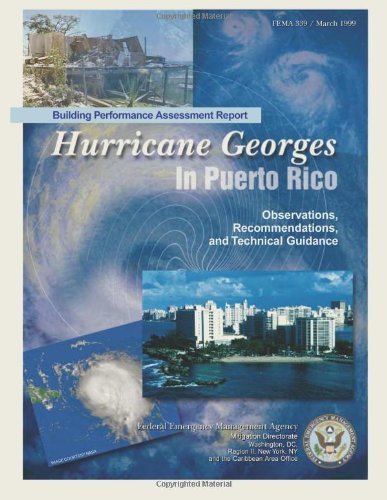
Tell your friends about this item:
Building Performance Assessment Report: Hurricane Georges in Puerto Rico - Observations, Recommendations, and Technical Guidance (Fema 339)
Federal Emergency Management Agency
Building Performance Assessment Report: Hurricane Georges in Puerto Rico - Observations, Recommendations, and Technical Guidance (Fema 339)
Federal Emergency Management Agency
On the evening of September 21, 1998, Hurricane Georges made landfall on Puerto Rico?s east coast as a strong Category 2 hurricane. It traveled directly over the interior of the island, mainly in an east-west direction, and passed off Puerto Rico?s west coast on September 22. Puerto Rico had not experienced a hurricane of this magnitude since Hurricane Hugo, a devastating Category 3 hurricane that passed over the northeast corner of Puerto Rico in a southeast to northwest direction in September 1989. On September 30, the Federal Emergency Management Agency?s (FEMA) Mitigation Directorate deployed a Building Performance Assessment Team (BPAT) to Puerto Rico to assess damages caused by Hurricane Georges. The team included architects, engineers, planners, insurance specialists, and floodplain management specialists. The BPAT?s mission was to assess the performance of buildings and other structures throughout Puerto Rico and make recommendations for improving building performance in future events. After an aerial assessment of the island, the BPAT conducted field investigations in selected areas affected by the storm. The field investigations of significantly damaged areas centered on the performance of single-family residential home construction. Isolated examples of success and failure in commercial buildings (primarily building envelope issues in high-rise buildings) and several essential facilities observed during field investigations were also documented. Commercial buildings were not investigated for compliance with current structural seismic guidelines. One- and two-family residential buildings, however, were investigated for their ability to sustain a seismic event. Seismic resistance of nonstructural elements was also observed. It is important to note that wind speeds experienced on the island were not of the strength to test the design of Puerto Rico?s buildings. A more significant wind event striking Puerto Rico would likely have resulted in even more failures than were observed. A large number of residential buildings in Puerto Rico experienced structural damage from the high winds of Hurricane Georges. The BPAT concluded that while not all of the damage caused by Hurricane Georges could have been prevented, a significant amount could have been avoided if more buildings had been constructed to Puerto Rico?s existing Planning Regulation 7 (building code). Additional damage could have been avoided if more buildings had been designed and constructed to current codes and regulations that address flood, wind, and seismic loads. Although the BPAT observed several examples of successful mitigation implementation, many buildings unfortunately received too little attention to mitigation. If effective mitigation efforts had been implemented more extensively in the design and construction of buildings, the widespread devastation of the hurricane would have been substantially reduced.
| Media | Books Paperback Book (Book with soft cover and glued back) |
| Released | April 26, 2013 |
| ISBN13 | 9781484818442 |
| Publishers | CreateSpace Independent Publishing Platf |
| Pages | 122 |
| Dimensions | 216 × 280 × 7 mm · 299 g |
| Language | English |
More by Federal Emergency Management Agency
See all of Federal Emergency Management Agency ( e.g. Paperback Book , Hardcover Book , Book and Spiral Book )


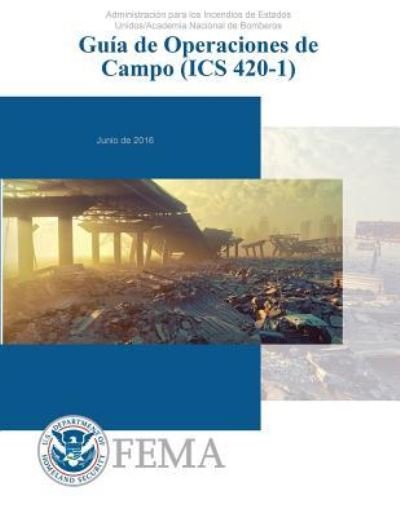
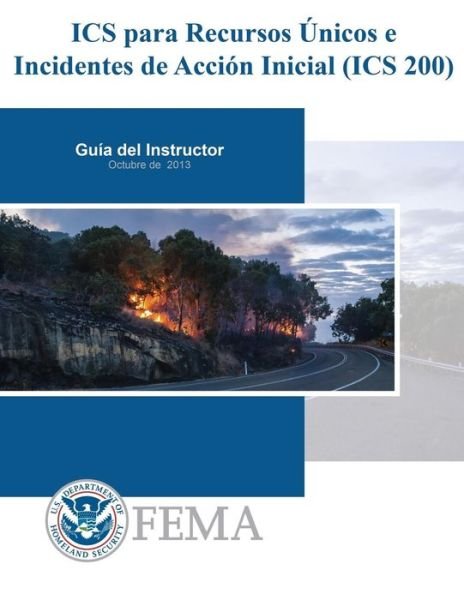
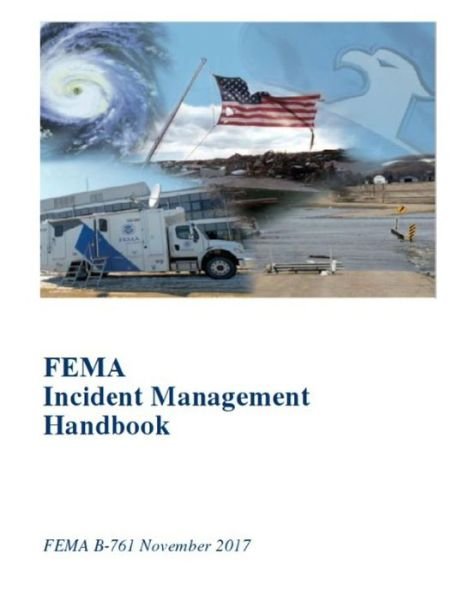
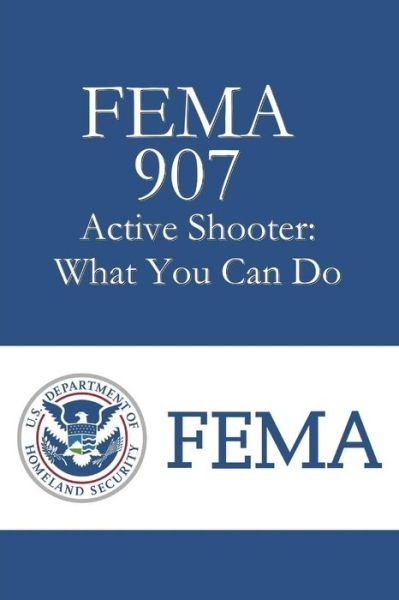
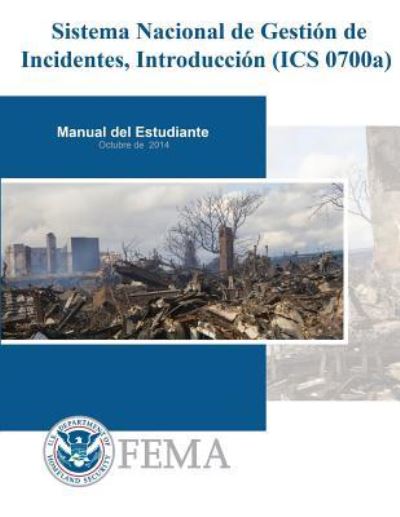
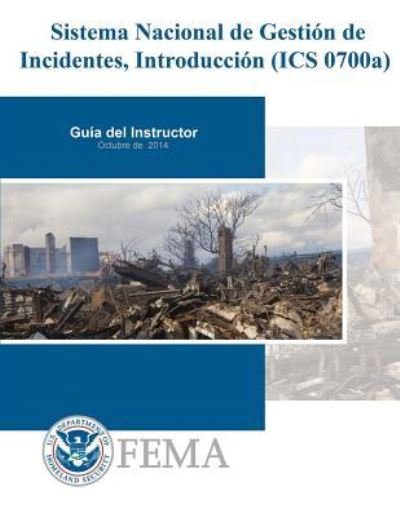
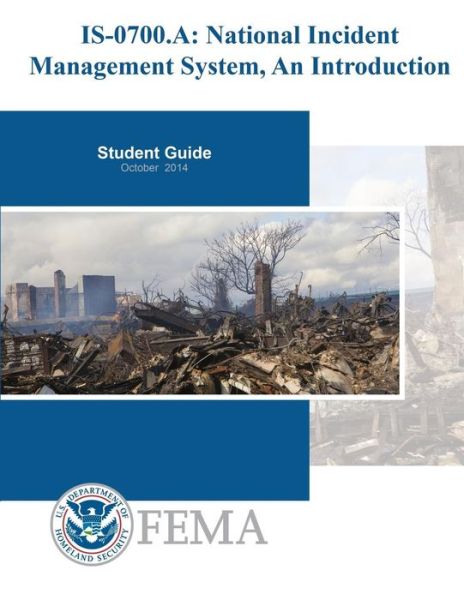
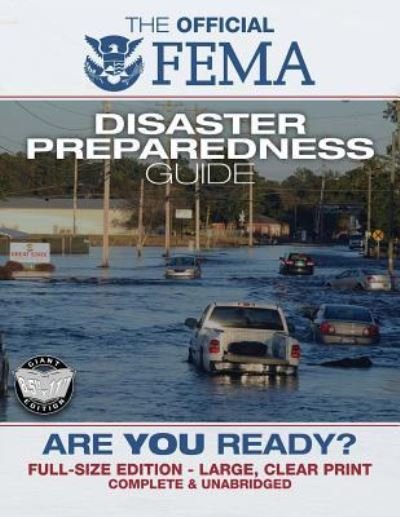
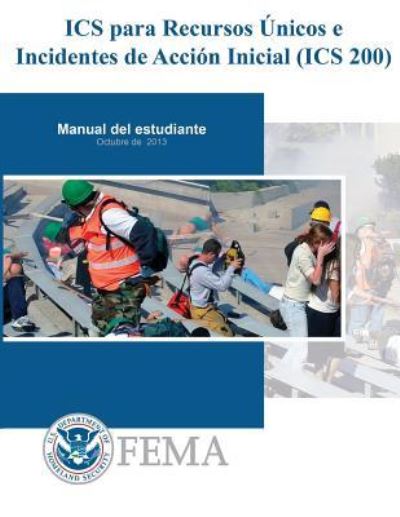

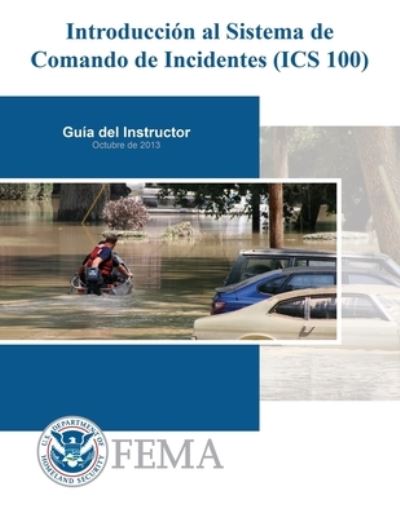

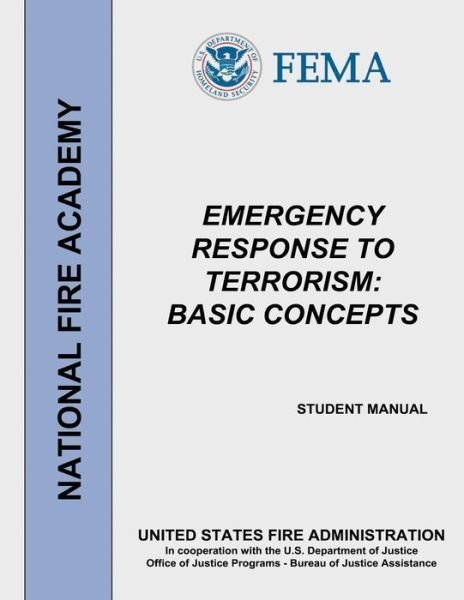
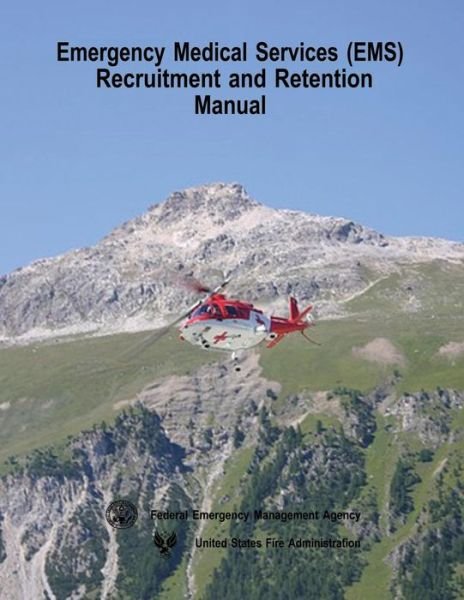
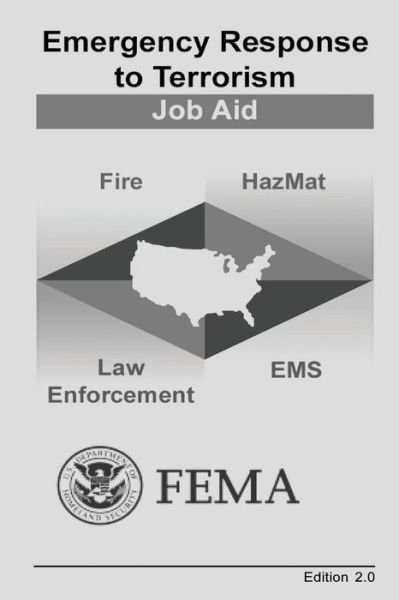

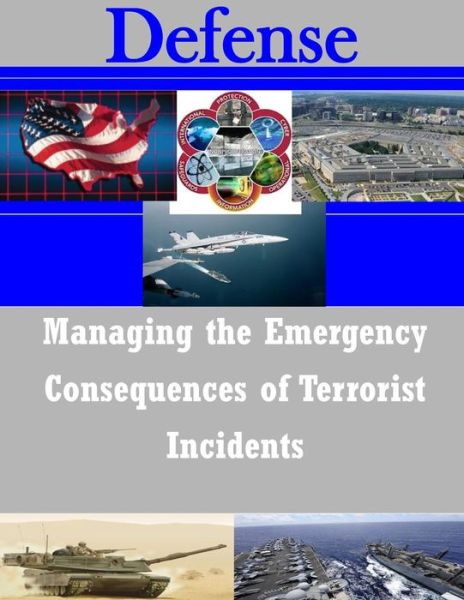
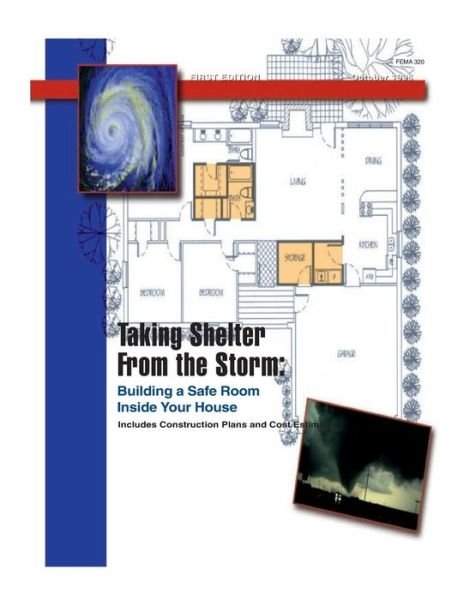
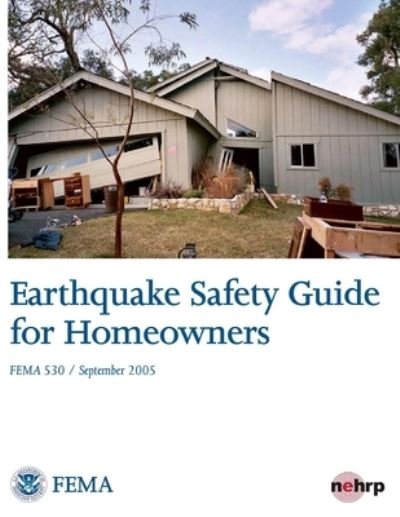
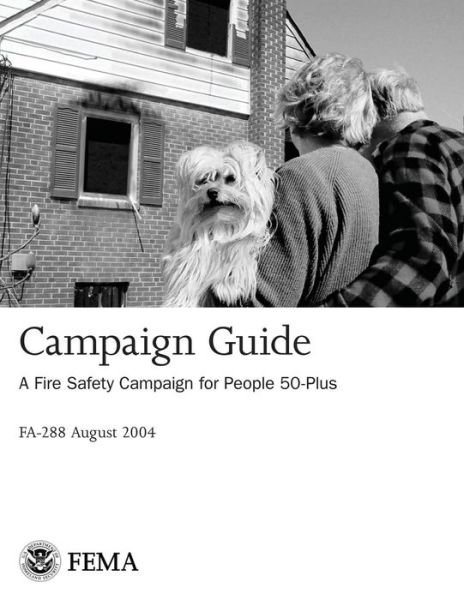
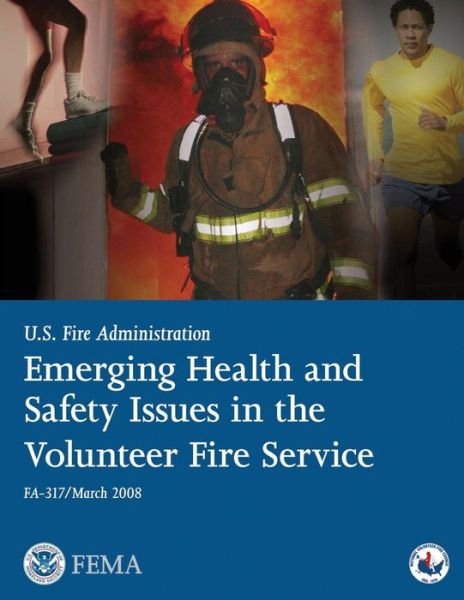
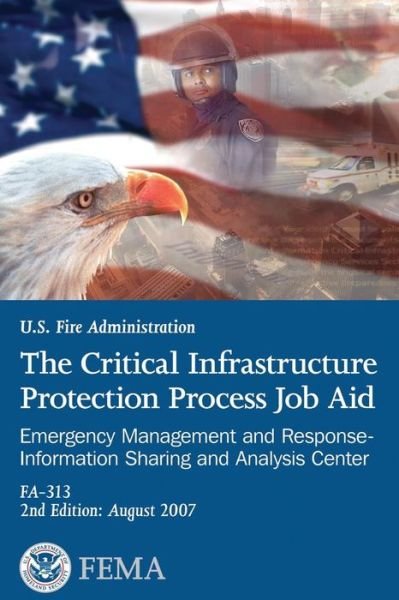
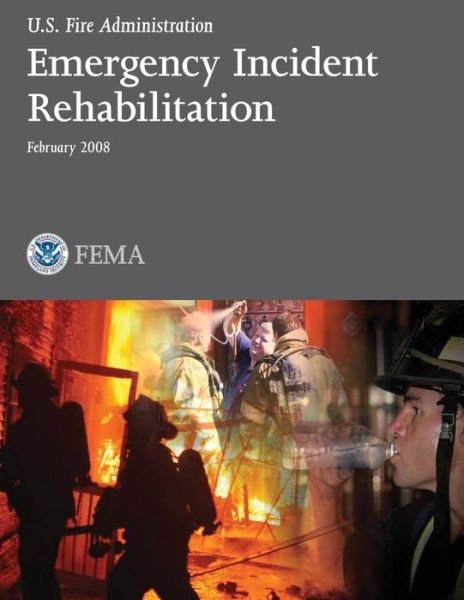
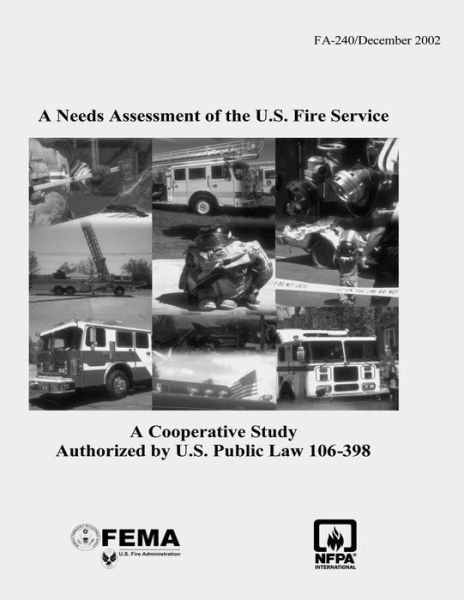
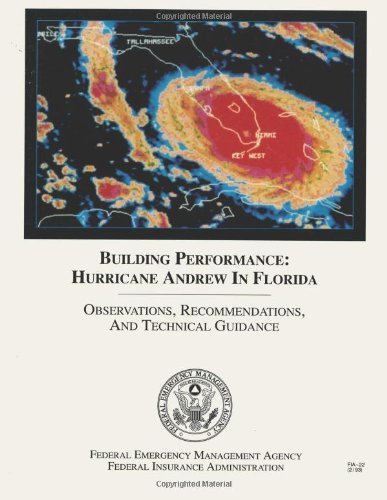
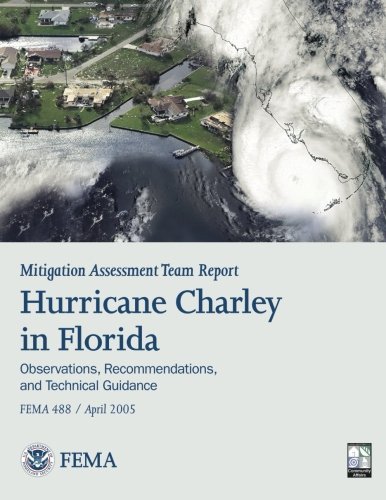



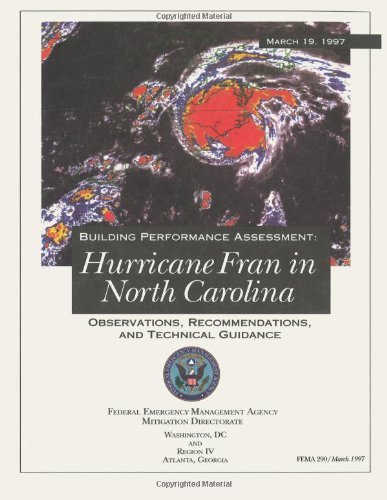
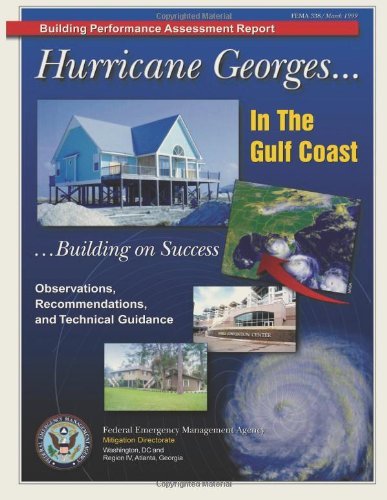
![Cover for Federal Emergency Management Agency · Recommended Residential Construction for Coastal Areas - Building on Strong and Safe Foundations (Paperback Book) [Fema P-550, Second, 2 edition] (2013)](https://imusic.b-cdn.net/images/item/original/657/9781484818657.jpg?federal-emergency-management-agency-2013-recommended-residential-construction-for-coastal-areas-building-on-strong-and-safe-foundations-paperback-book&class=scaled&v=1412486600)